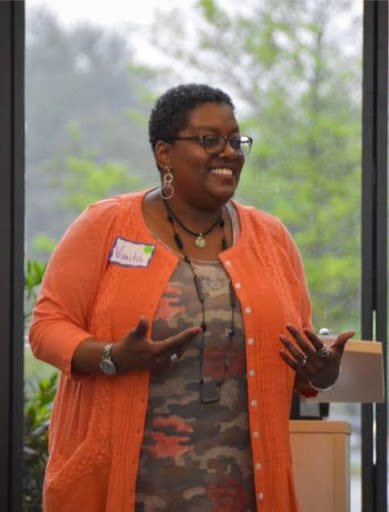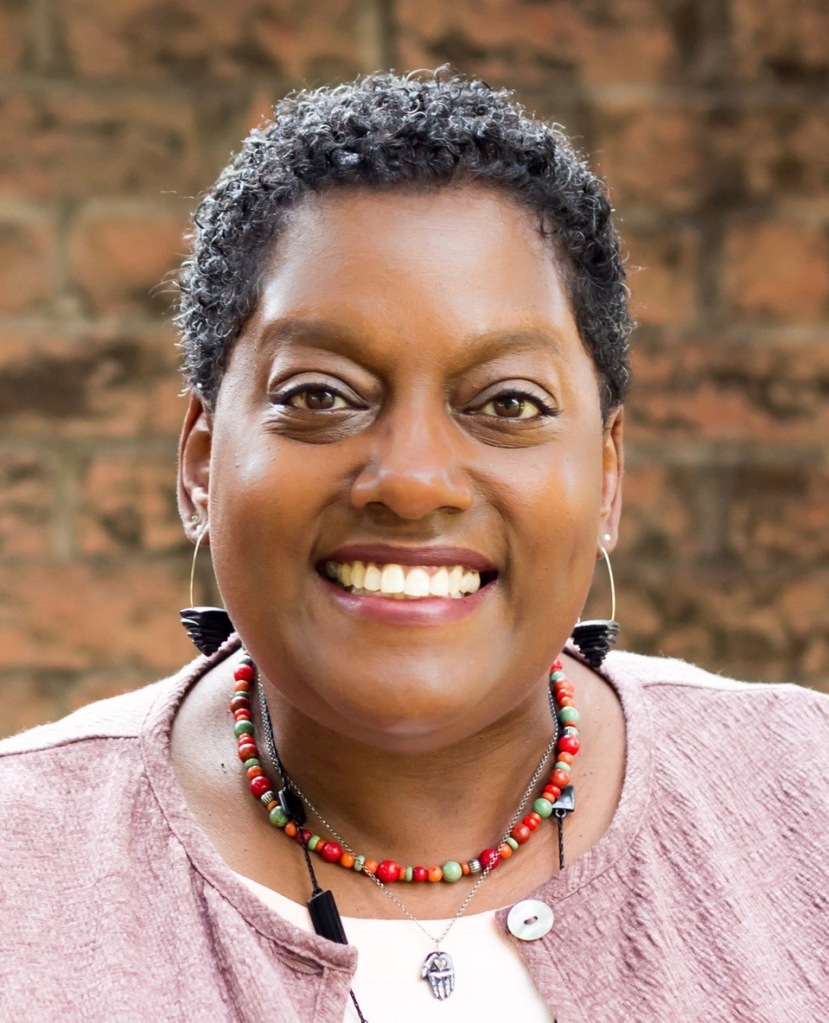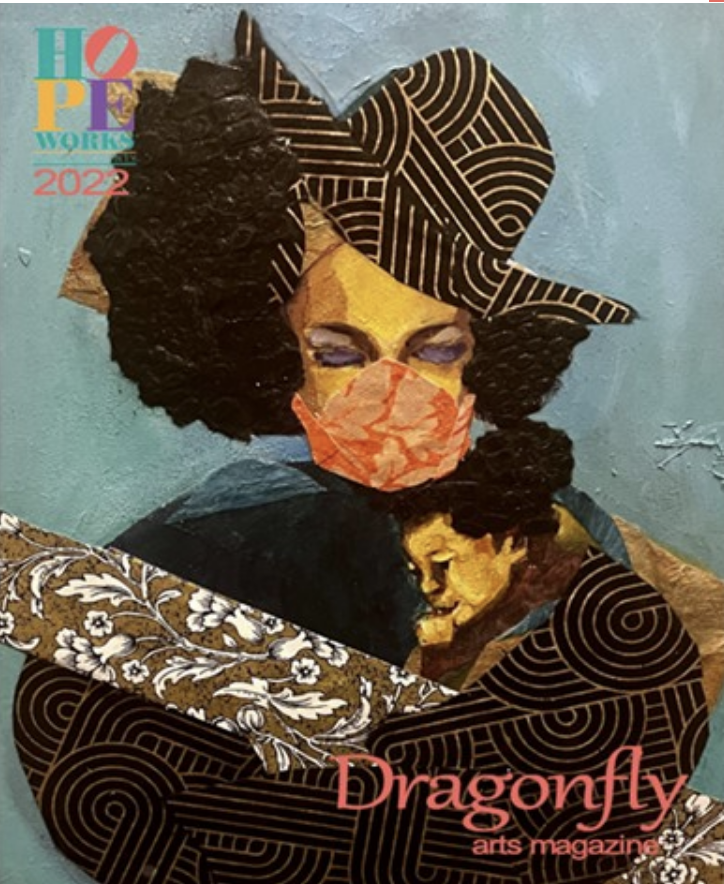Vanita Leatherwood exemplifies what life-saving difference one person can make. As the Director of Community Engagement at HopeWorks of Howard County – which provides support and advocacy for people affected by sexual and intimate partner violence – Vanita has founded TLA programs for survivor wellness, youth leadership, community self-care & social justice, and Dragonfly, an artsandtransformative justice magazine.
An award-winning poet with a MA in Transformative Language Arts from Goddard College, Vanita says, “The power of words led me to a place of safety, eventually to a place of joy, to that place within that I call the ‘YES.’ That’s part of what I wanted to create at HopeWorks – that’s what Dragonfly is; an opportunity to explore, learn, feel, connect, rebel and grow.”
We are honored to present our inaugural Outstanding TLA practitioner award to Vanita for her compassionate leadership, visionary program design, and community social justice programming, all of which she does with the heart of a poet and soul of a change-maker.
Here is a list of the programs Vanita has created:
- Magazines (Founder/Editor): Dragonfly arts & transformative justice magazine and Cultivate youth arts magazine
- Our Voice Project Monthly Support Groups: Preservation: Survivor Self-Care Circle, Reclamation: Adult Survivors of Child Sexual Abuse Support, and LOVED: Survivor Self-Care Circle for Black Women
- One-on-One Self-care Sessions with Survivors: Poetry N2 Wellness
- Newsletter: Journaling Our Voice
- Speakers Bureau Training
- The Survivors Health Project Monthly Groups: ARTiculation: Support & Education Group for Survivors Living with Chronic Health Conditions and Thriving Together: Survivors Mental Health Awareness & Wellbeing Group
- Devised Theater, Creator & Producer: Telling This Truth at Slayton House Theater
- Educational Curriculum (public programs): Over a dozen programs, including Self-care & Social Justice Events, Know My Name: Self-care and the Healing Journey for Black Women, The Organizational Equity and Inclusion Project, Ain’t I a Woman: Using the Arts & Humanities to Explore Oppression and Revolution, Unapologetic: Using Arts and Humanities to Explore Revolution and Oppression, and WOMEN-Global: Using the Arts & Humanities to Explore Oppression and Revolution
Outstanding TLA Practitioner: Vanita Leatherwood — presented by Caryn Mirriam-Goldberg at the 2023 Power of Words conference.
***
Dragonfly Magazine Call for Submissions: Dragonfly arts & transformative justice magazine is a publication of HopeWorks of Howard County Maryland. Themes for submitted work (visual, literary, and musical) should focus on reflections about activism, oppression, love, advocacy, hope, transformative justice, trauma, racial and gender equity, intersectionality, relationships, healing, or self-care. Writers/Musicians/Artists do not have to be survivors. Submissions accepted until Jan. 31, 2024. Find all the details here.
Find more about Hopeworks here and more about Vanita’s TLA business, The Yes Within here.



















